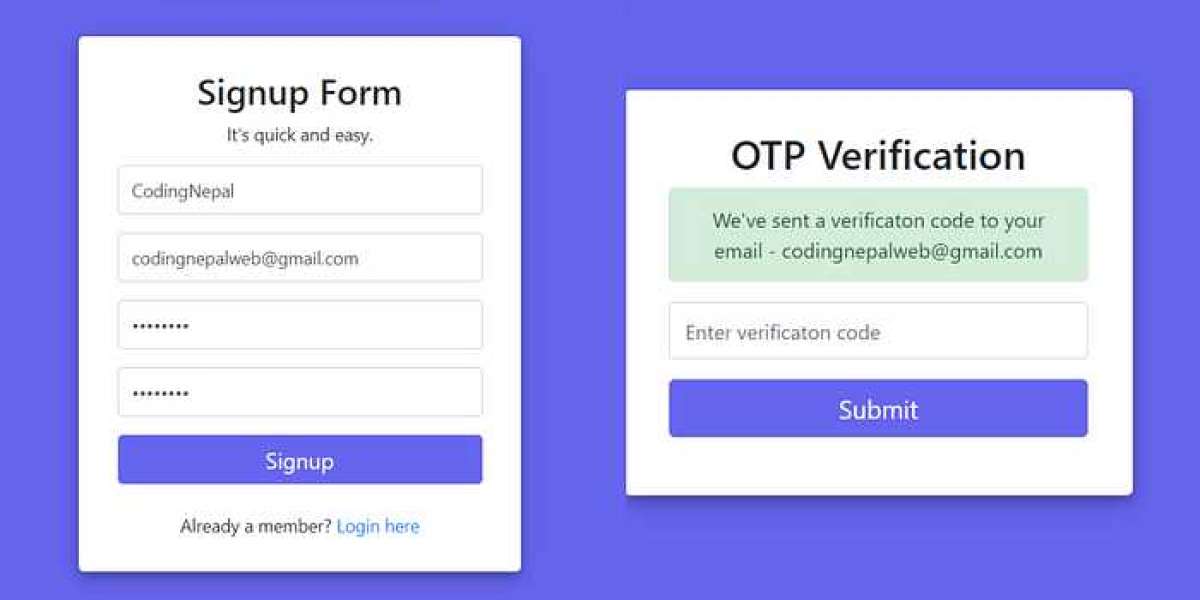Understanding the Importance of Email Verification
Email verification is a critical step in web development that ensures only valid and active email addresses can register or interact with your application. By implementing email verification in PHP, you can enhance security, improve user experience, and maintain a clean database of active users.
In this guide, we’ll walk you through why email validation matters and how you can seamlessly integrate it into your PHP application.
Why Do You Need Email Verification?
Prevent Fake Accounts
Email verification blocks spam accounts and bots by ensuring the user provides a valid email address.Improve Communication
Validated emails ensure you can effectively communicate with your users for updates, offers, or password recovery.Data Integrity
Maintaining a clean database of active users improves analytics and decision-making.Security Benefits
Email verification is a step toward robust application security, helping mitigate fraudulent activities.
How to Implement Email Verification in PHP
Step 1: Create a Registration Form
Start with a simple HTML form to collect user details, including their email address.
Step 2: Validate the Email Format
In PHP, you can use the filter_var() function to ensure the email address is in the correct format.
Step 3: Send a Verification Email
Generate a unique verification link and send it to the user's email address. Use PHP’s mail() function or a third-party library like PHPMailer for this.
Store the $verification_code in your database alongside the user's details.
Step 4: Create the Verification Script
When the user clicks the link, verify the code and activate their account.
Best Practices for Email Verification
Use Secure Email Libraries
Libraries like PHPMailer or SwiftMailer offer better security and flexibility than PHP’s nativemail()function.Limit Verification Attempts
Implement a time limit for the verification process to ensure timely action from users.HTTPS for Links
Always use secure HTTPS links in your verification emails to protect user data.Handle Invalid Emails Gracefully
Notify users if the email is invalid and offer options to re-enter or resend the verification link.
Debugging Common Issues
Emails Not Being Sent
Check your server's email configuration. If you're using third-party libraries, ensure API keys and settings are correct.Verification Link Errors
Double-check the URL structure and ensure database updates are performed correctly.Delayed Emails
Use reliable email services like SendGrid or Mailgun to minimize delays.
Conclusion
Implementing email verification in PHP is a vital step for securing your web application and improving user experience. By following the steps outlined above, you can create a seamless registration and verification process that ensures only valid users access your services.
Start by validating email formats, sending secure verification links, and handling errors gracefully. Incorporating these techniques will significantly enhance your application's credibility and functionality.
For a detailed breakdown and live examples, check out our guide on how to do email validation in PHP.



